A Royal Occasion
Located in Ripon, North Yorkshire, on the Studley Royal Park estate and owned by the National Trust since 1983, is the Studley Royal Deer Park. Spanning 800 acres, is ancient pasture woodland with a wealth of flora and fauna where some trees are over 300 years old, it is home to over 500 red, fallow and sika deer.
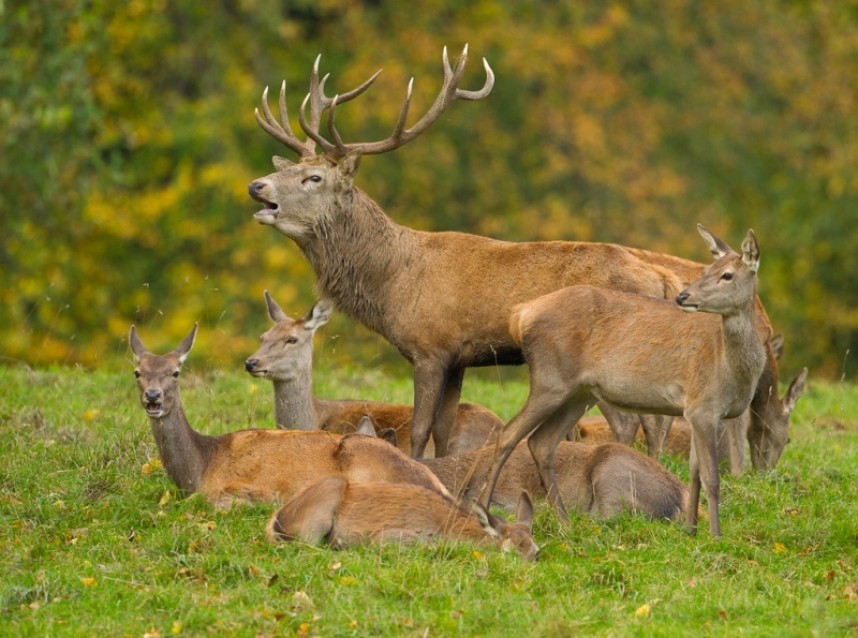
Red Deer - Steve Race ©
The red deer is the fourth largest deer species worldwide and has a reddish-brown coat. These deer often stay in single-sex groups for most of the year but during the mating season, or rut, mature stags will compete for the attentions of females. Generally the stag is larger than the female and has antlers that begin growing in spring and are usually shed at the end of winter. During the rut, from August into early winter, stags use these antlers to fight for dominance. They will also often be heard ‘roaring’ during the rut to keep their harem of females together. The female will commonly produce one offspring per year. This fawn is fully weaned by two months and can live up to 20 years in captivity. Red deer fawns are born spotted but these spots will be lost by the end of summer.
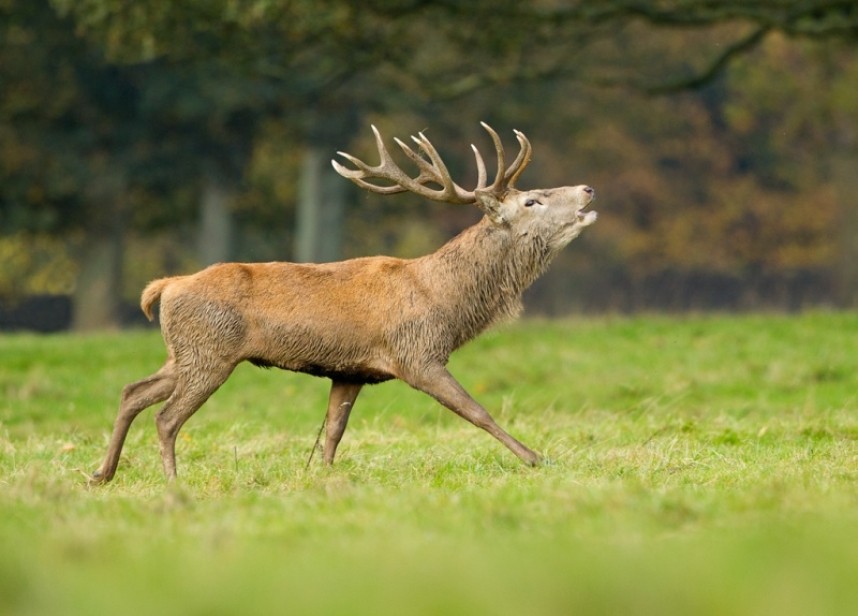
Red Deer - Steve Race ©
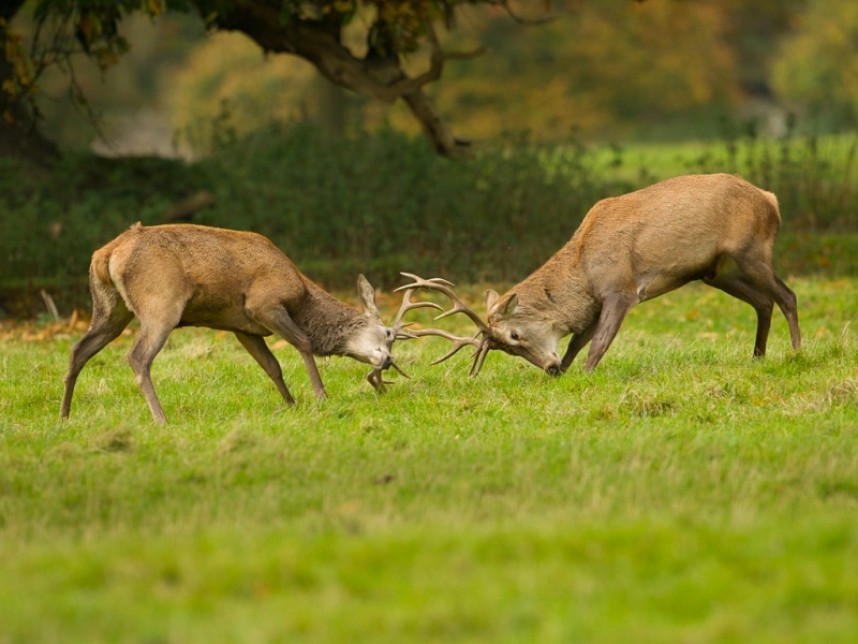
Red Deer - Steve Race ©
The fallow dear are widespread across the UK mainland preferring areas of mixed woodland and open grassland. There is much variation in the coat colour but most herds consist of the common coat variation of a chestnut coat with white mottles.
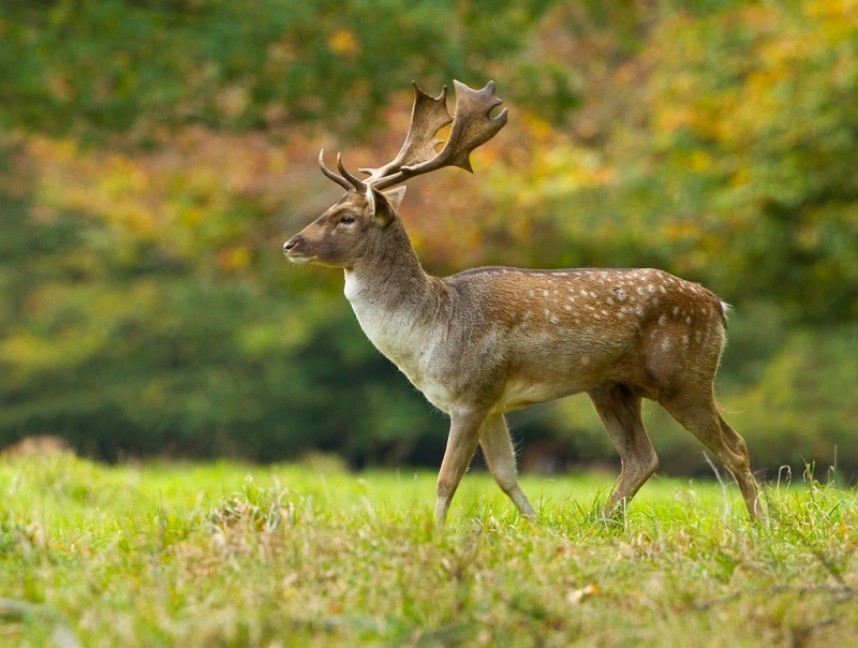
Fallow Deer - Steve Race ©
The male deer, or bucks, have broad, shovel-shaped antlers which can grow up to 70cm long. During the rut the bucks spread out and the females move amongst them. They remain ungrouped throughout this season but for the rest of the year they are found together in groups of up to 150.
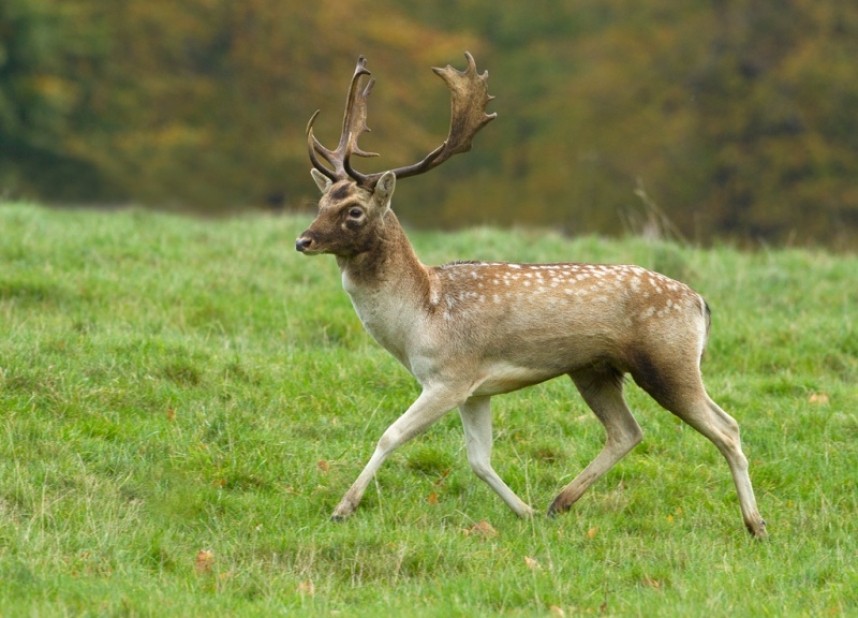
Fallow Deer - Steve Race ©
The fallow deer is smaller than the red deer and are agile, fast animals that can run up to 30mph and jump up to 1.75m high and 5m in length.
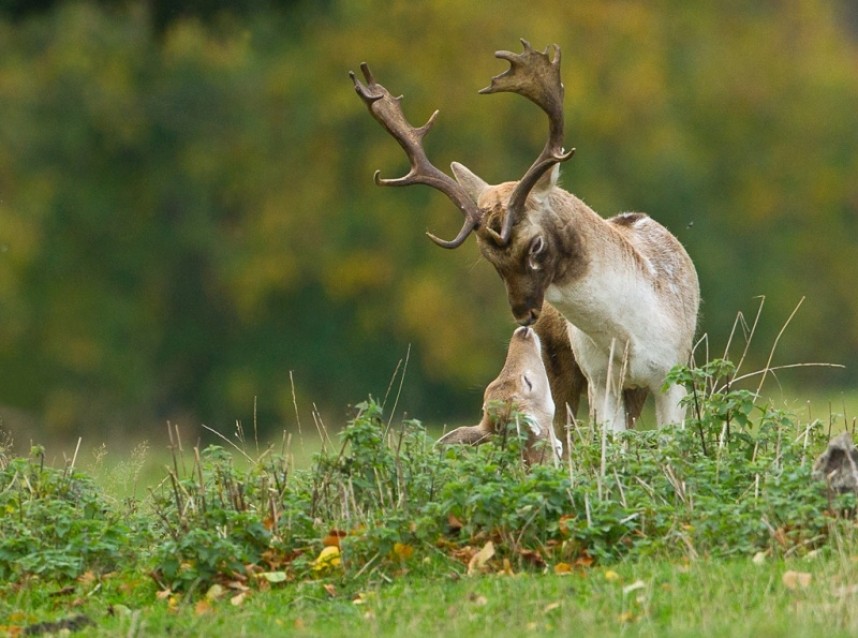
Fallow Deer - Steve Race ©
The sika deer are often found in coniferous woodlands and heaths on acidic soils. Similar to the fallow deer the coat of the sika deer can range from mahogany to black with some rarer white individuals. Most commonly the coat is reddish brown with a dark dorsal stripe and white spots. The sika deer are one of the few species that does not lose its spots upon reaching maturity.
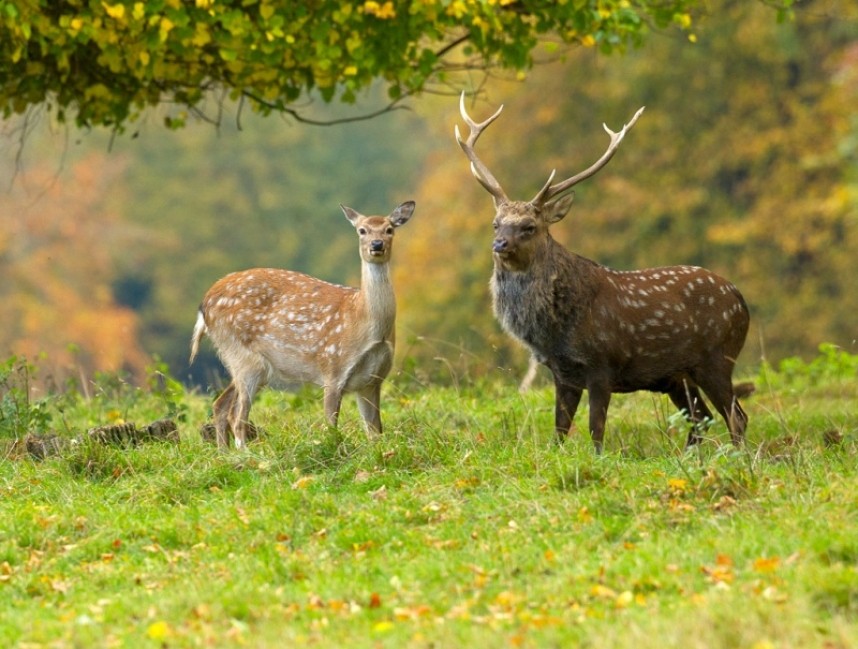
Sika Deer - Steve Race ©
Sika are fairly unsocial, tending to be solitary most of the year, only coming together to mate. The rut occurs from the end of September to November. Typically the male buck will defend a territory but may switch to harem-holding when a group of hinds has been assembled. These territories can be up to 2 hectares for the strongest buck. The buck have stout, upright antlers which can be more than 80cm in length with distinctive manes throughout the rut. Typically the female hind will produce a single calf born during early May through till late June.
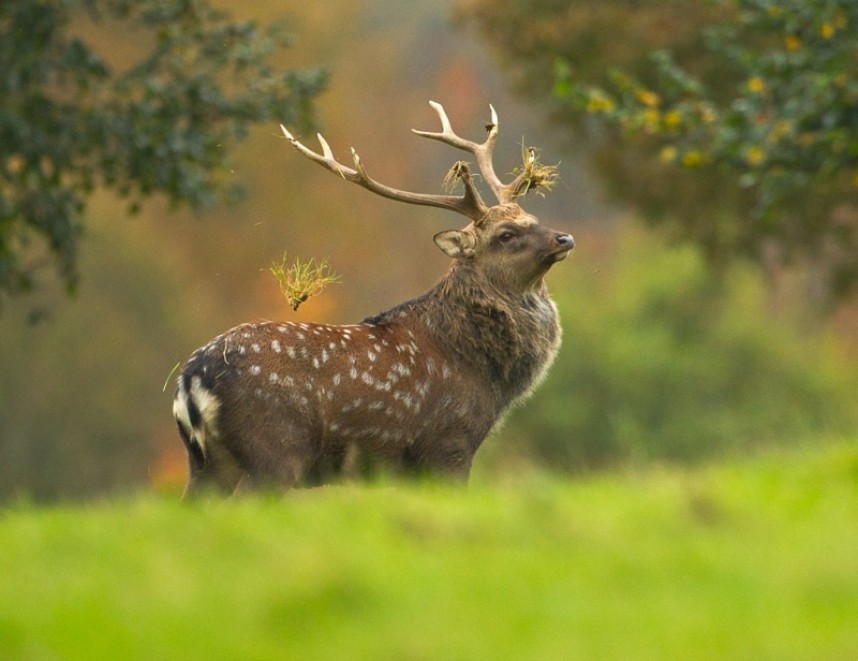
Sika Deer - Steve Race ©
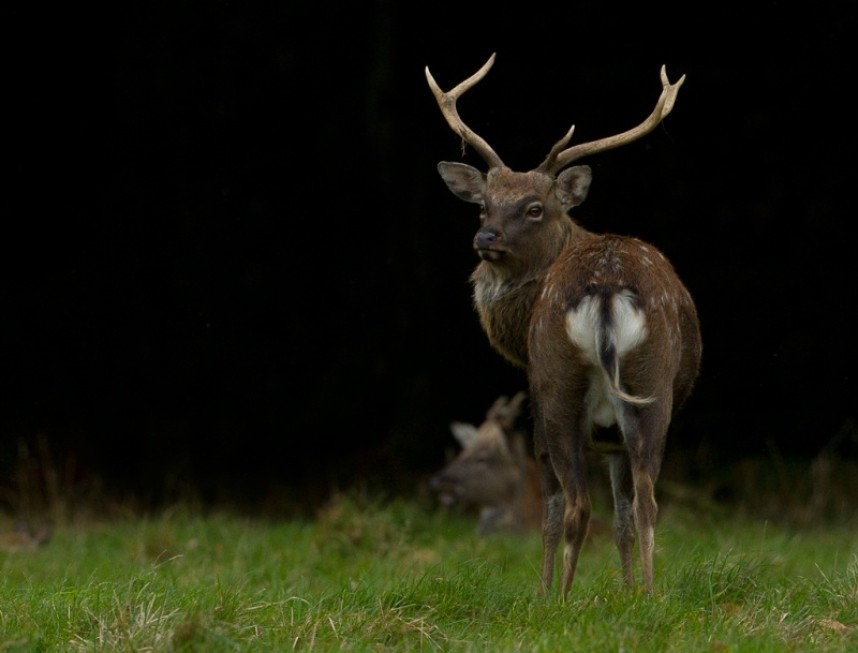
Sika Deer - Steve Race ©
Join YCN's award winning photographer Steve Race on a 'Deer Rut Photography Workshop' this October at Studley Royal Deer Park. For more information, dates, pricing, to book a place and make payment online click here...
Kelly Rosier - YCN Team



 Back to Blog
Back to Blog
